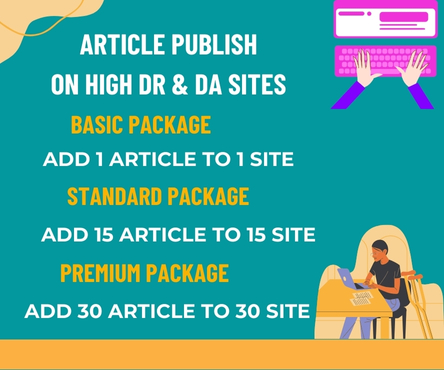Documenting workplace issues is a crucial step in maintaining a healthy and productive work environment. It not only helps to resolve conflicts and disputes but also protects the interests of employees and employers alike. In this article, we will discuss the importance of documenting workplace issues and how it can benefit both individuals and organizations. Meet here San Diego Employment Lawyer
Why Document Workplace Issues?
Documenting workplace issues provides a paper trail that can be used to track incidents, identify patterns, and take corrective action. It helps to establish a clear understanding of what happened, when it happened, and who was involved. This information can be invaluable in resolving disputes, investigating complaints, and defending against lawsuits.
Benefits for Employees
Documenting workplace issues can benefit employees in several ways. Firstly, it provides a record of incidents that can be used to support claims of harassment, bullying, or discrimination. This can be particularly important for employees who feel that their concerns are being ignored or dismissed. Secondly, documenting workplace issues can help employees to track patterns of behavior and identify potential problems before they escalate. Finally, it provides a clear record of incidents that can be used to demonstrate an employee’s version of events in cases where there are conflicting accounts.
Benefits for Employers
Documenting workplace issues can also benefit employers in several ways. Firstly, it helps to protect against lawsuits by providing a clear record of incidents and the actions taken to address them. This can be particularly important for employers who are facing claims of negligence or wrongdoing. Secondly, documenting workplace issues can help employers to identify potential problems and take corrective action before they escalate. This can help to prevent costly disputes and reduce the risk of reputational damage. Finally, documenting workplace issues can help employers to demonstrate their commitment to creating a safe and respectful work environment.
Best Practices for Documenting Workplace Issues
There are several best practices that employees and employers can follow when documenting workplace issues. Firstly, it’s essential to be thorough and detailed in your documentation. This includes recording dates, times, locations, and the people involved. Secondly, it’s crucial to be objective and factual in your documentation. Avoid making assumptions or speculating about what happened. Instead, focus on what you saw, heard, or experienced directly. Finally, it’s essential to store your documentation securely and confidentially. This can help to protect sensitive information and prevent it from being used against you.
Conclusion
Documenting workplace issues is a vital step in maintaining a healthy and productive work environment. It provides a clear record of incidents that can be used to track patterns, identify problems, and take corrective action. By documenting workplace issues, employees and employers can protect their interests, resolve disputes, and demonstrate their commitment to creating a safe and respectful work environment. Whether you’re an employee or an employer, documenting workplace issues is an essential tool that can help you to navigate the complexities of the modern workplace. By following best practices and being thorough, objective, and secure in your documentation, you can ensure that you’re well-equipped to handle whatever challenges come your way.
In today’s fast-paced work environment, it’s more important than ever to prioritize documentation. With the rise of remote work and digital communication, it’s easier than ever for incidents to go unreported or for details to get lost in translation. By taking the time to document workplace issues, you can ensure that you’re protected and that your rights are respected. Don’t wait until it’s too late – start documenting today and reap the benefits of a safer, more respectful, and more productive work environment.
By prioritizing documentation and following best practices, employees and employers can work together to create a positive and supportive work environment. This not only benefits individuals but also contributes to a more harmonious and productive workplace culture. With documentation, you can build trust, resolve disputes, and drive success. The importance of documenting workplace issues cannot be overstated – it’s an essential tool for anyone who wants to thrive in today’s fast-paced work environment.

